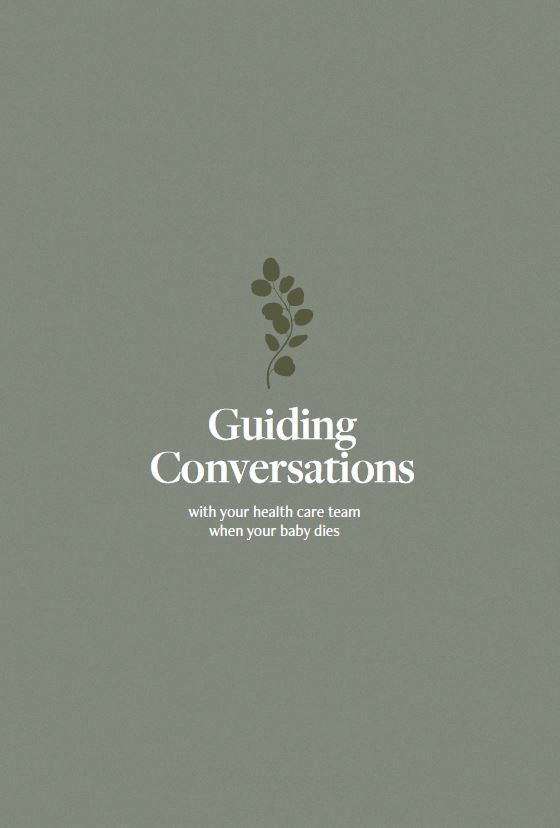Following the birth of your baby, you will experience physical and emotional changes as part of your postnatal recovery including:
-
Bleeding
In the week following the birth, you will experience vaginal bleeding. The blood is called ‘lochia’ and is heavy, bright red and includes blood clots. It is common to see lochia for about four to six weeks and during this time it will become lighter and pink or reddish-brown in colour.
-
After-birth pains
It is common for women to have pains in the first few days after the birth. They may feel like labour pains or be similar in nature to mild to moderate period pain. This is a result of your uterus contracting to its pre-pregnancy size.
-
Bowel movements
Your bowels should open within three days after the birth. It is recommended to drink lots of fluids and eat fibrous foods including wholegrain cereals, pasta and breads, and fresh fruit and vegetables to help soften bowel motions.
-
Lactation
During your pregnancy your breasts may have started to make colostrum and your milk may start to come in. Not all women experience lactation following a stillbirth and some might experience fullness of the breasts.
The Australian Breastfeeding Association outlines four ways to help manage your lactation including:
- Lactation suppression – most women are able to stop their milk supply by limiting the volume of milk removed, wearing a firm bra, using cold packs or by taking medication. Consult your doctor or midwife to talk about medications available to help suppress your milk and any associated side effects. To help provide pain relief and discomfort, place ice packs or iced face cloths on your breasts, when taking a shower be mindful not to have hot water pulsating on your chest and use breast pads to hold moisture from leaking milk and change regularly.
- Sustained expressing – you can choose to express and store your milk and wean at a time of your choosing.
- Donation of your breastmilk (where available) – if you express your milk, you can donate your milk to a milk bank in your state or territory. Ask your doctor or midwife if there is a milk bank nearby and any screening tests required.
- Memory making using breastmilk – if you have frozen stores of breastmilk, you can choose to keep it as a memento.
Read the Australian Breastfeeding Association’s article, Lactation after infant death , for more information.
-
Baby blues
You will experience emotion and heartache as part of the grieving process however women can also experience the ‘baby blues’ after giving birth. It is important to talk with your support network and seek help from professionals during this time.
-
Recovering from a caesarean section
You will be required to stay in hospital for up to four days and may need help at home.
Your midwife will encourage you to take short walks to get mobile and provide postnatal exercises. You will need to take care of your wound by cleaning and drying it daily.
Ask for help at home or with daily activities such as lifting or carrying items, tying up your laces or bending to stack the dishwasher. It is advised not to drive for six weeks.
Speak to your doctor about a postnatal care plan and get in touch with them if you have any concerns or discomfort.
-
Self-care and healing modalities
Our bereaved mothers, families and healthcare professionals stress the importance of self-care for both parents.
The days and weeks following the loss of your baby may be consumed with time spent with your child, creating memories, making funeral arrangements and having visitors however, the time that follows this may feel empty.
To help, our bereaved community have sought the support of a number of traditional, natural or spiritual specialists to support them with self-care and grief, including:
- Postnatal physiotherapy
- Psychology and/or individual or group counselling.
- Meditation and yoga
- Gentle exercise, health and fitness – following guidance from your doctor or medical practitioner.
- Intuitive spiritual guidance and chakra healing practices.
- Kinesiology – to help process emotions and trauma.
- Neuro-linguistic programming (NLP) – perceptual, behavioural and communication techniques to help process emotions and trauma.
- Journaling, drawing, creative arts or hobbies.
- Womb healing – external and non-invasive massage to your uterus and surrounding organs help restore energy flow.
- Engaging with celebrants or trained Death Walkers – to support bereaved families and create meaningful end of life practices or care.
The above may not suit all personalities and beliefs but are a sample of self-care and healing modalities available to help bereaved mothers.
“The best thing I did was see a psychologist. We worked through everything I was feeling and doing, my grief, the physical pain, the emotional pain, even topics that I didn’t realise were related became an important part of our sessions for me to accept this reality.”
– Cara Cummings, mother to Maurice Stanley Cummings. Read her story here.
If you have found other self-care or healing practices beneficial, please contact us at office@stillbirthfoundation.org.au.
